
Dogs are often called “man’s best friend” for a reason. They have been our loyal companions for thousands of years, providing us with love, companionship, and even assistance in various aspects of life. While many of us think we know everything there is to know about these furry creatures, there are still plenty of fascinating facts about dogs that might surprise you. In this blog post, we will delve into some of the most intriguing and lesser-known facts about dogs.
The Domestication of Dogs
1. Ancient Origins: Dogs were domesticated between 20,000 and 40,000 years ago, making them one of the first domesticated animals. This long history of companionship has deep roots in our shared evolution.
Read more: 11 Most Ancient Dog Breeds on Earth
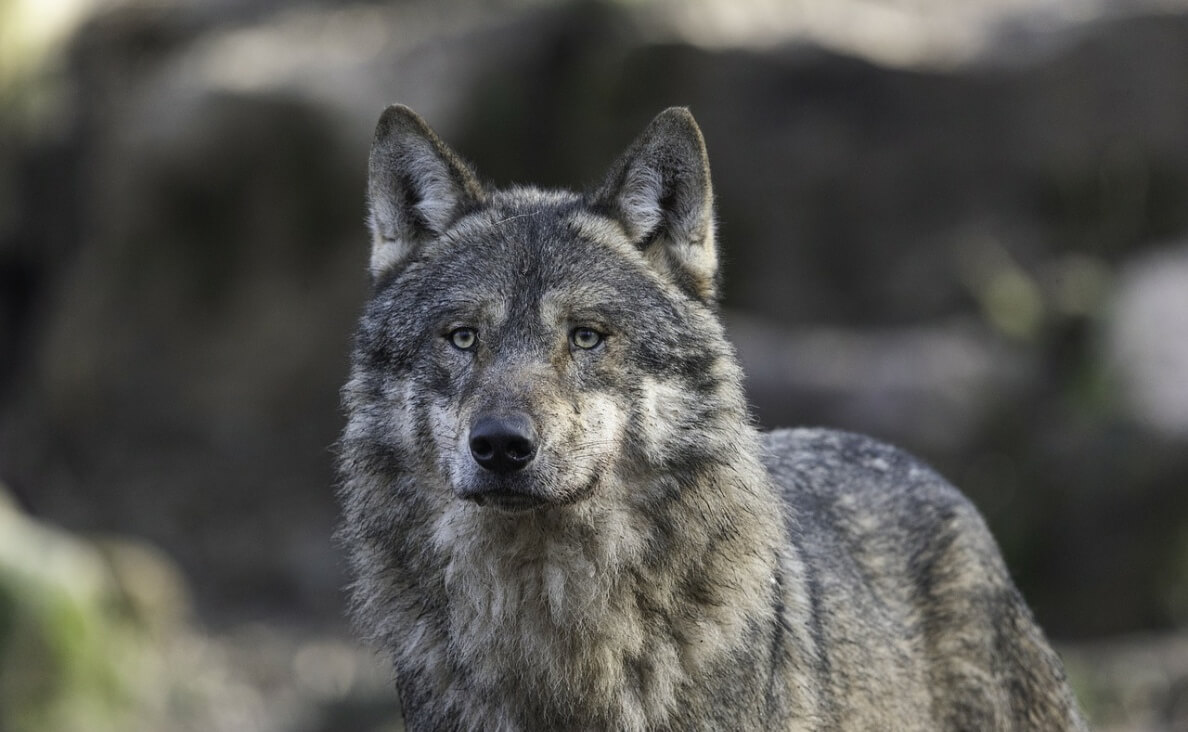
2. Wolf Ancestry: All modern dog breeds share a common ancestor with the gray wolf. Over generations, humans selectively bred dogs for specific traits, resulting in the diverse range of breeds we have today.
A Dog’s Extraordinary Senses
3. Superior Sense of Smell: A dog’s sense of smell is estimated to be between 10,000 to 100,000 times more sensitive than that of humans. This incredible olfactory ability allows them to detect scents and track scents over long distances.
4. Unique Nose Prints: Just like human fingerprints, each dog has a unique nose print. No two dogs’ nose prints are the same, making them distinctive and identifiable.

5. Dogs Can Hear High-Frequency Sounds: Dogs can hear sounds at frequencies as high as 65,000 Hz, while humans can only hear up to about 20,000 Hz. This makes them excellent at hearing sounds that are inaudible to us.
6. Taste Buds Are Different: Contrary to the belief that dogs have an affinity for sweets, they have fewer taste buds than humans and can’t taste sweetness. Their taste buds are more attuned to savory and meaty flavors.
Canine Communication
7. Tail Wagging Isn’t Always Happiness: While a wagging tail is often associated with a happy dog, it can also indicate other emotions such as fear, anxiety, or aggression. The context and speed of the wagging can provide clues to a dog’s feelings.

8. Talking with Tails: Dogs communicate a lot through their tails. A high wagging tail might signify excitement, while a tucked tail can indicate fear or submission. Paying attention to their tail language can help you understand your dog better.
9. Dogs Have a Sixth Sense: Some dogs seem to have an uncanny ability to sense changes in the weather or detect medical conditions like seizures or low blood sugar in humans. While the science behind this is still not entirely understood, it’s clear that dogs can pick up on subtle cues that escape our notice.
The World of Dog Intelligence
10. Dogs Can Understand Human Emotions: Studies have shown that dogs can distinguish between different human emotions. They can often tell when their owners are happy, sad, or stressed, and they may react accordingly.
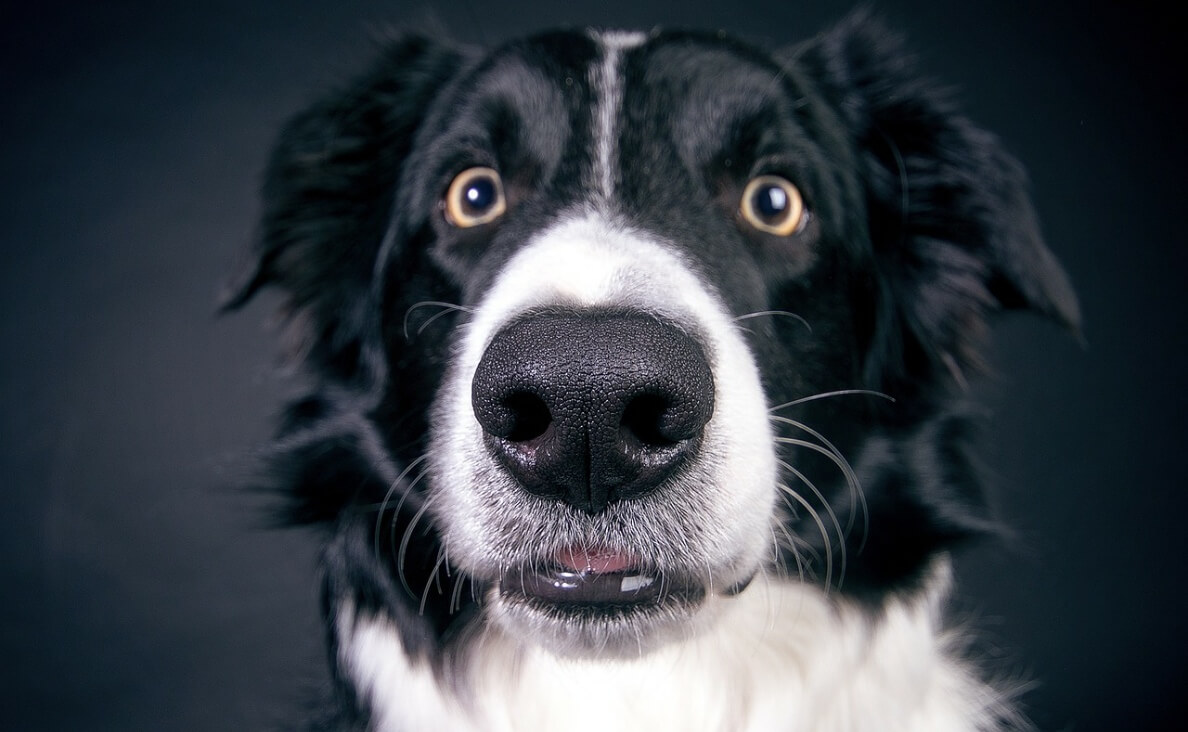
11. Variability in Intelligence: Just like humans, dogs vary in intelligence. Breeds like Border Collies and Poodles are known for their high intelligence and problem-solving skills, while others may excel in different areas, such as hunting or guarding.
12. Memory and Problem Solving: Dogs have impressive memory skills and can solve complex problems. They can remember commands, locations, and even specific toys they’ve played with.
The Astonishing Variety of Breeds
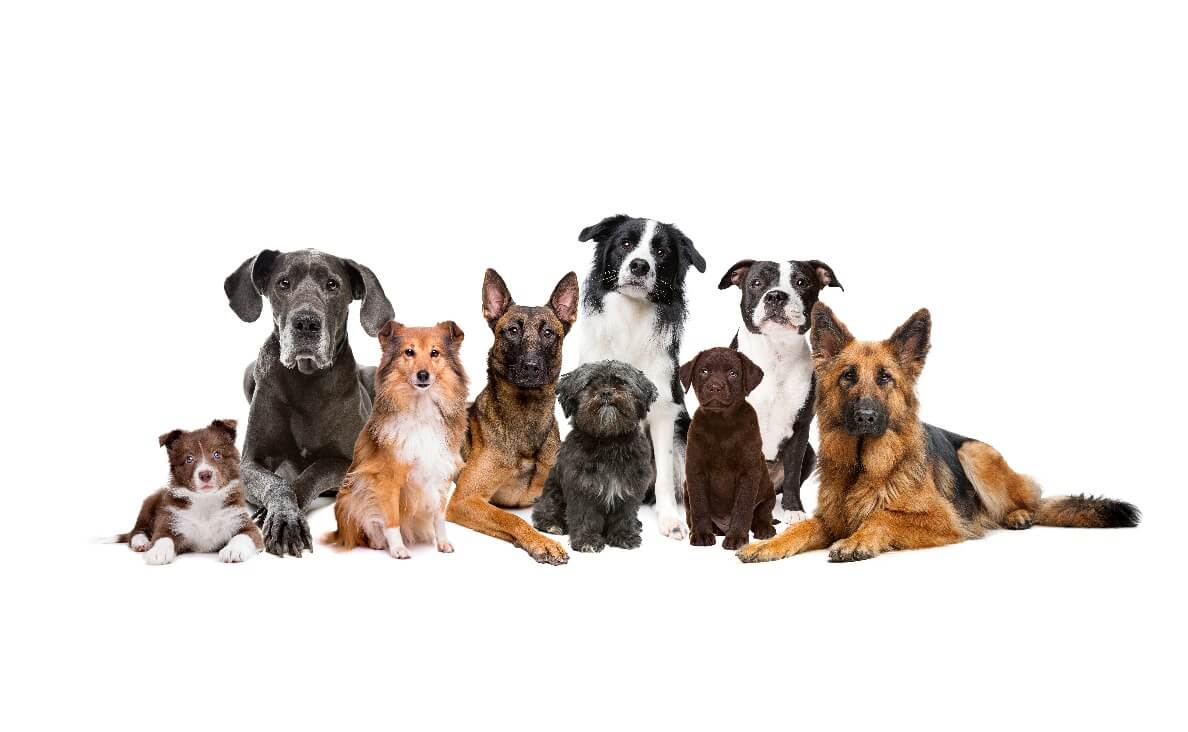
13. Over 340 Recognized Breeds: The American Kennel Club (AKC) recognizes over 340 distinct dog breeds, each with its unique characteristics and traits. From the tiny Chihuahua to the massive St. Bernard, there’s a breed to suit every lifestyle.
14. Diverse Coat Colors: Dogs come in an astonishing array of coat colors and patterns, from solid blacks to multicolored and spotted coats. Coat color genetics can be quite complex, leading to the remarkable diversity we see today.
15. Unusual Breeds: Beyond the common breeds, there are some incredibly rare and unusual dog breeds that many people have never heard of, like the Azawakh, Xoloitzcuintli, and Norwegian Lundehund.
Dogs in Society and History
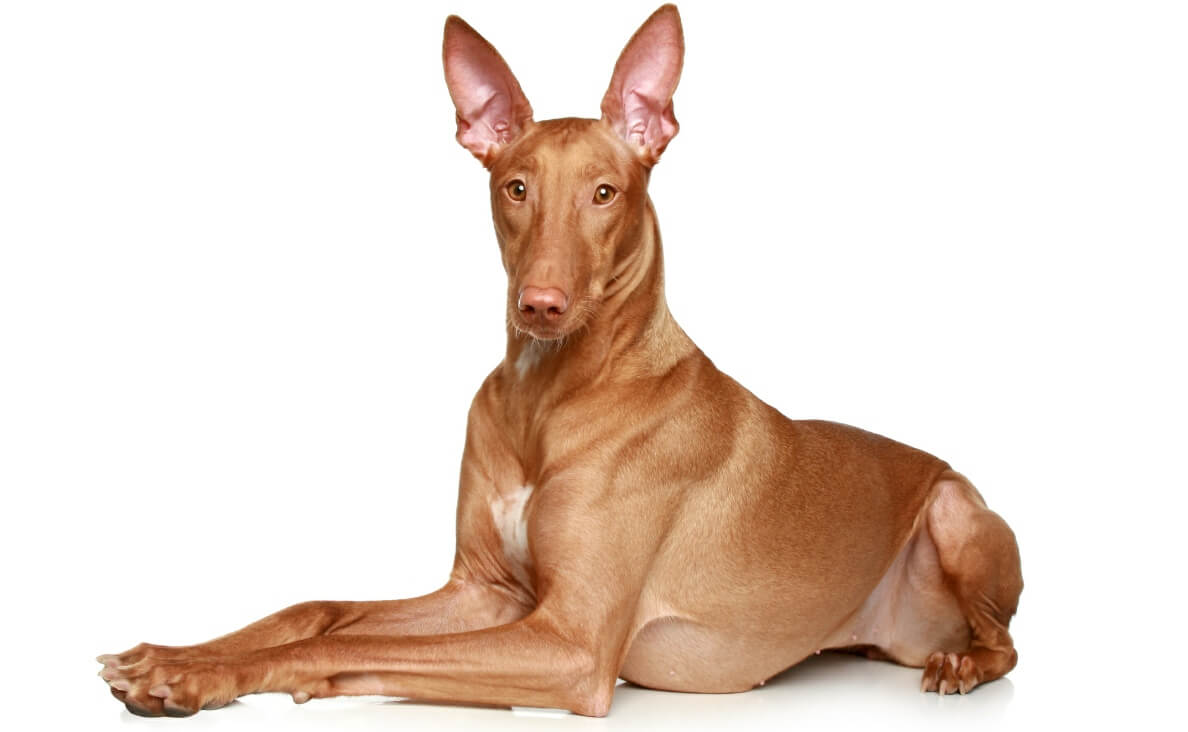
16. Dogs in Ancient Cultures: Dogs have held significant roles in various ancient cultures. For instance, ancient Egyptians revered dogs as guardians and companions, while the Romans used them in various roles, including hunting and guarding.
17. Dogs as War Heroes: Dogs have served in wars throughout history, often as messengers, scouts, and even bomb detectors. Some, like Sergeant Stubby in World War I, earned medals and recognition for their bravery.
Read more: Honoring American’s Military Dogs
18. Therapy Dogs: Dogs are widely used as therapy animals due to their calming and empathetic nature. They can provide comfort and support to people in hospitals, schools, and other therapeutic settings.
Unique Dog Abilities

19. Sweat Through Their Paws: Dogs don’t sweat through their skin like humans; instead, they release heat through their paw pads and by panting. This is why they are more prone to overheating.
20. Night Vision: While dogs may not see as many colors as humans, they have excellent night vision. Their eyes contain more rod cells, which are responsible for low-light vision.
Read more: What Colors Can Dogs See? A Look Into Canine Color Vision
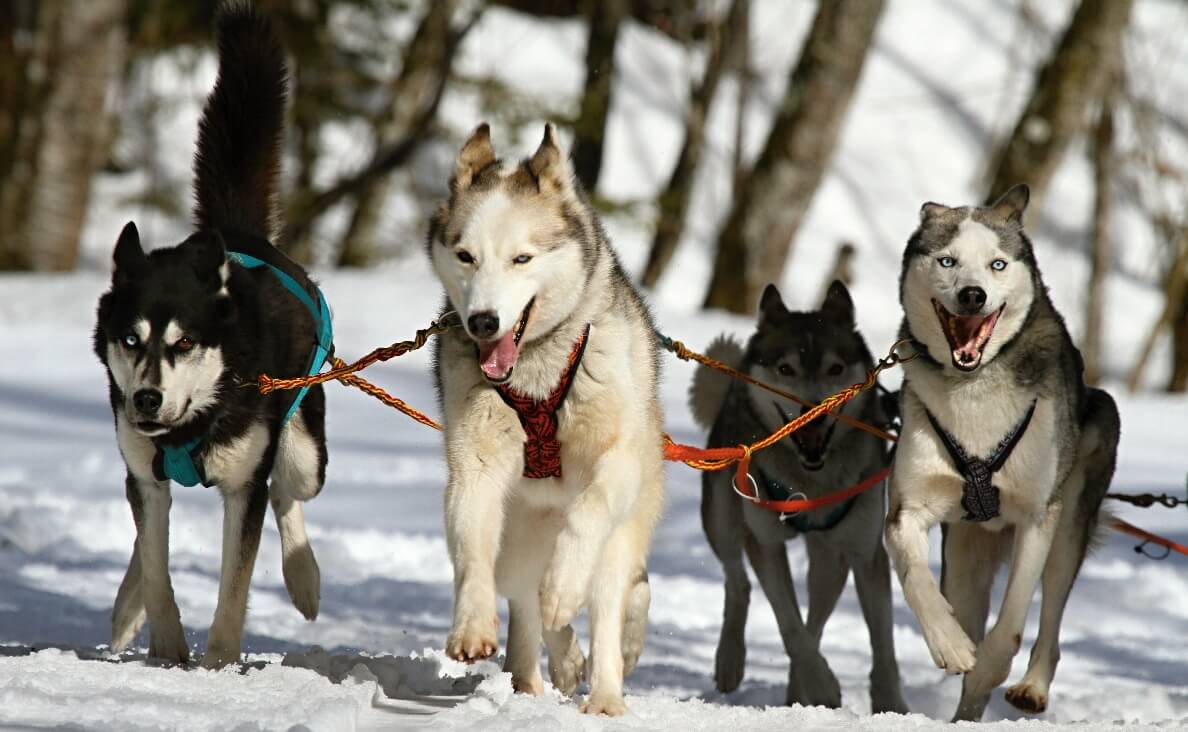
21. Incredible Stamina: Some dog breeds, like the Siberian Husky, are capable of running long distances in harsh conditions. They have a remarkable ability to endure physical challenges.
Dogs and Human Health
22. Emotional and Physical Health Benefits: Interacting with dogs has been shown to lower stress levels, reduce anxiety, and improve overall mood. Additionally, the act of petting a dog can release oxytocin, a hormone that promotes bonding and reduces stress.

23. Service Dogs: Service dogs are trained to assist individuals with disabilities, including those with visual impairments, mobility issues, and post-traumatic stress disorder (PTSD). These highly trained dogs provide vital support to their owners.
24. Detection Dogs: Dogs are used in various detection roles, such as sniffing out drugs, explosives, and even certain medical conditions like cancer and low blood sugar. Their keen sense of smell makes them invaluable in these roles.
Read more: 18 Unique Nose Work Jobs Only Dogs Can Do
Canine Records and Achievements
25. Longest Lifespan: The longest-lived dog on record, named Bobi, was a Rafeiro do Alentejo, who lived to be 31 years old. He lived in a rural village in Conqueiros, Portugal his entire life with his owner, Leonel Costa and his family. This exceptional longevity is quite rare, but it goes to show the bond between dogs and their owners. Bobi recently died October 23, 2023.
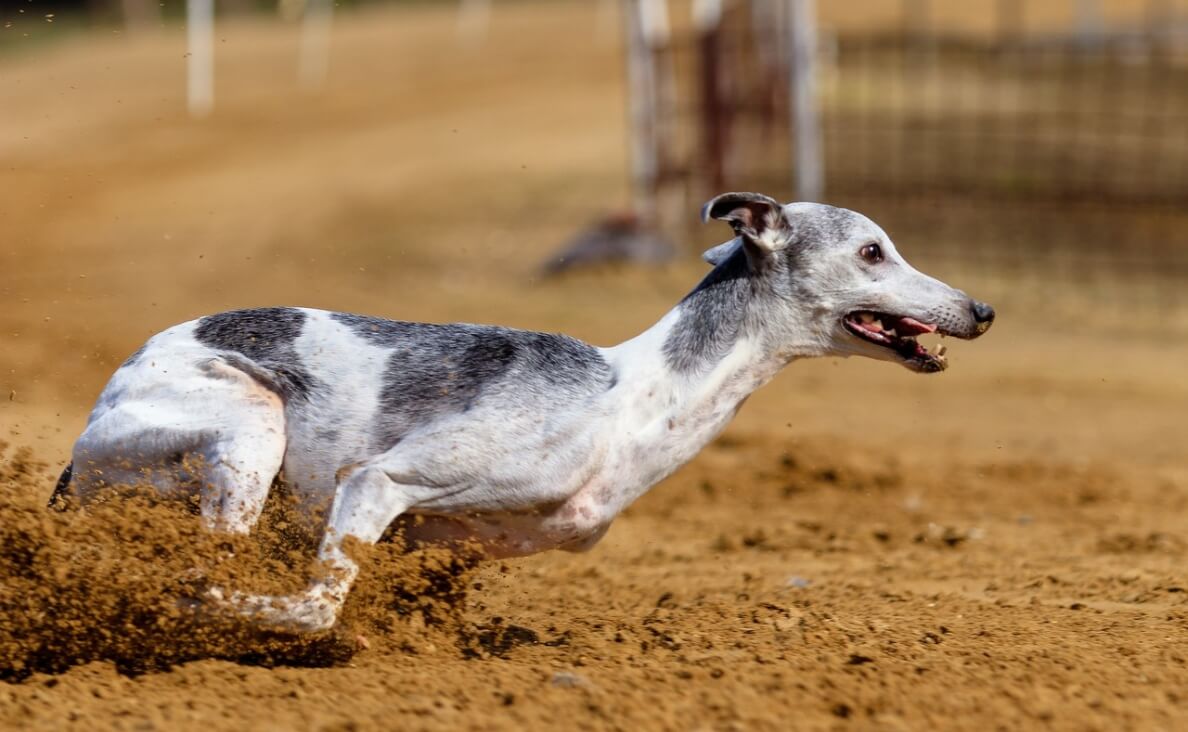
26. Fastest Dog: The Greyhound is the fastest dog breed, capable of reaching speeds of up to 45 miles per hour (72 kilometers per hour) in short sprints.
27. Largest Dog: The Guinness World Record for the largest dog goes to a Great Dane named Zeus, who measured 44 inches (111.8 cm) tall at the shoulder. These gentle giants can be truly enormous.
Dogs have earned their special place in our hearts and history through their incredible abilities, loyalty, and diverse contributions to society. These remarkable creatures continue to surprise us with their unique qualities and abilities, reminding us of the fascinating world of facts about dogs that we are only just beginning to uncover.
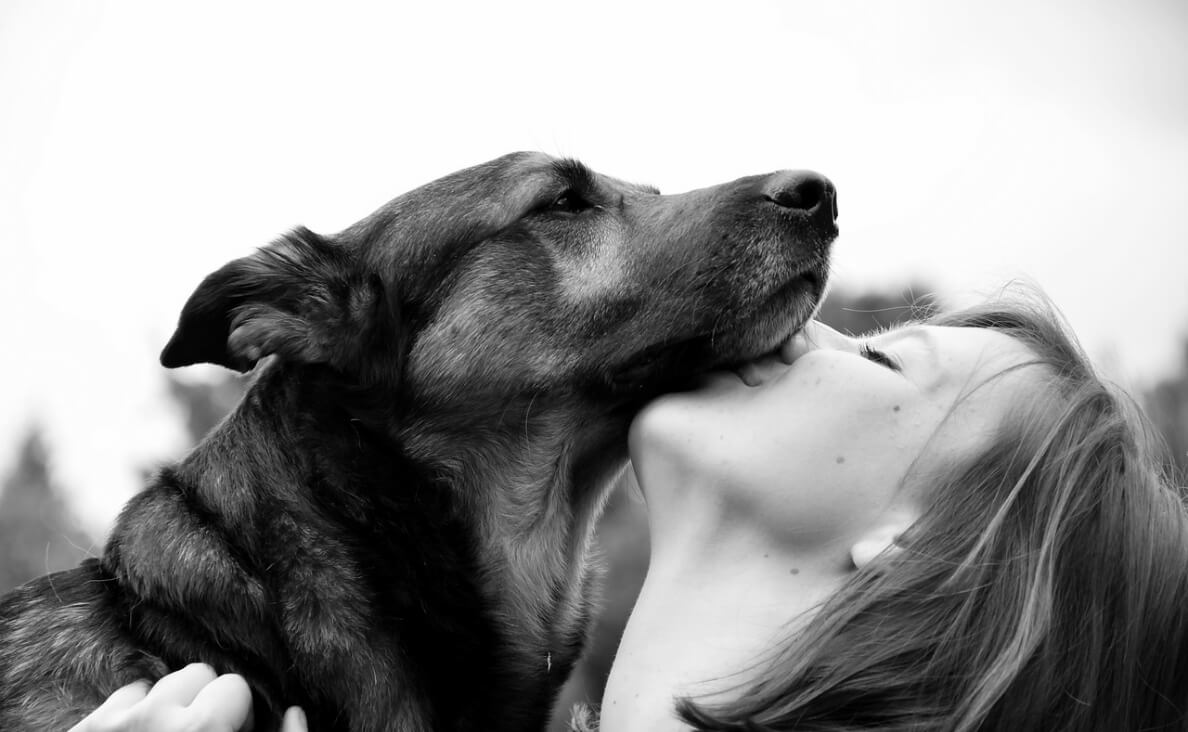
Whether you’re a dog owner or simply a dog lover, these facts serve as a testament to the enduring and extraordinary bond between humans and our four-legged companions. So, the next time you look into your dog’s eyes or see a pup on the street, remember that there’s always more to discover about these incredible animals we call our “best friends.”
What dog facts were new to you? What fact would you add to this list? Please comment below…

 How Many Words Can Dogs Learn?
How Many Words Can Dogs Learn? Beyond the Litter: Do Puppies Remember Their Siblings?
Beyond the Litter: Do Puppies Remember Their Siblings? 6 Reasons Your Dog Doesn’t Listen: Understanding Canine Behavior
6 Reasons Your Dog Doesn’t Listen: Understanding Canine Behavior Can Dogs Really Count? Exploring the Cognitive Abilities of Canine Companions
Can Dogs Really Count? Exploring the Cognitive Abilities of Canine Companions 4 Reasons Your Dog Twitches in Their Sleep
4 Reasons Your Dog Twitches in Their Sleep






Leave a Reply